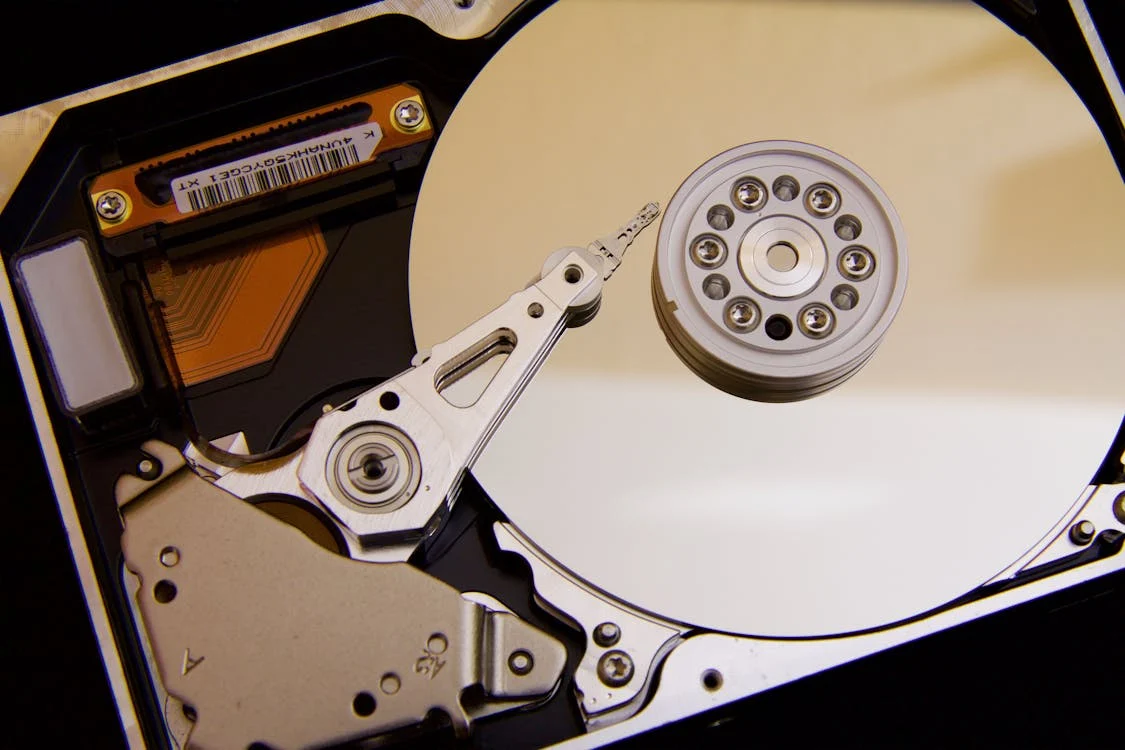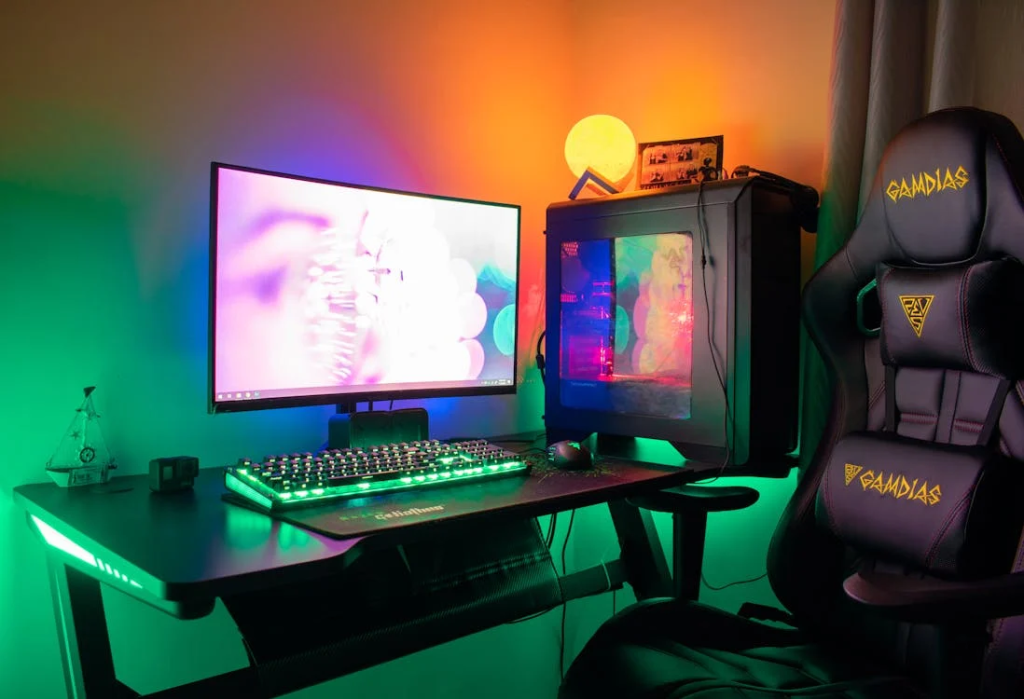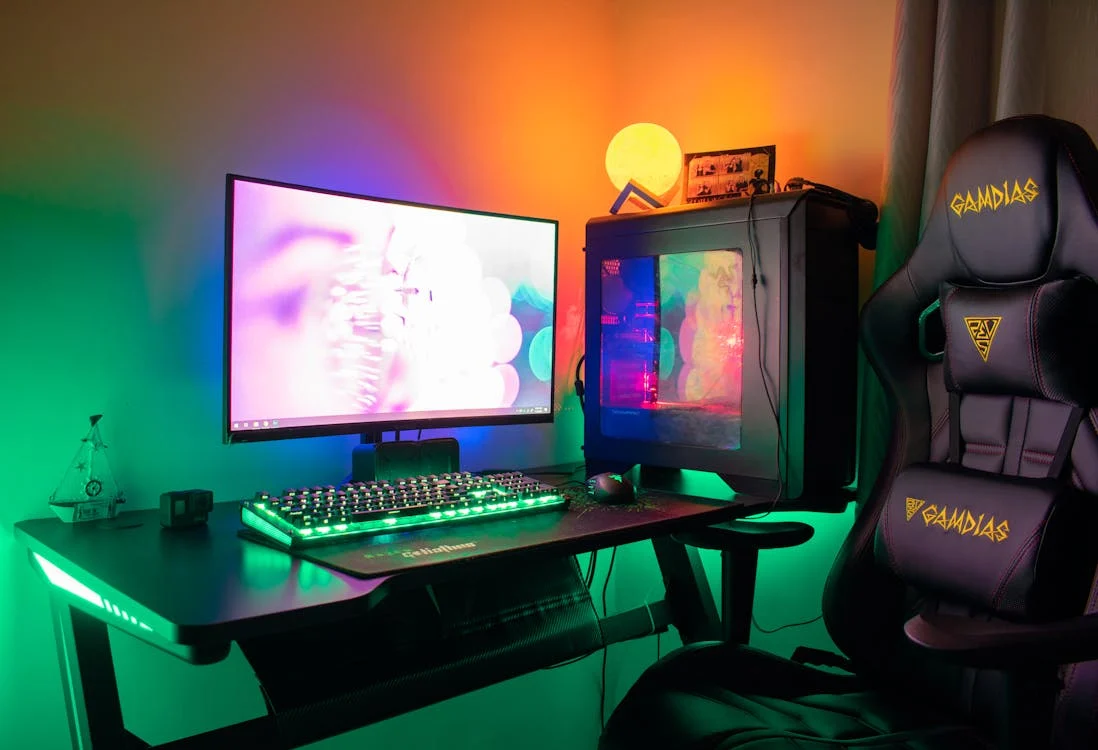SSD may be the new standard when it comes to storage, but HDDs are still very useful. Your choice of storage drive will have a huge impact on your gaming experience. For example, a fast SSD will reduce your loading times and will also improve how responsive your system is. A slow HDD can add minutes of loading time to the games that you play, but it can give you way more storage, which is great if you play huge RPGs that are hundreds of gigabytes in size.

Performance or Capacity
A lot of the debate comes down to whether or not you prioritise performance or capacity. SSDs use flash memory to store data and don’t have any moving parts. As a general rule, they have faster read and write speeds, lower latency, and a higher cost of storage per gigabyte. In a nutshell, if you play online titles then an SSD is generally a better choice. Casino games are a prime example here, as sites give you the chance to play thousands of titles instantly. If you look at a game like Temple Tumble real money, you’ll notice that it has great animations with a stunning backdrop of a South American jungle, but as the game is online, you can play it on any device, regardless of your current storage space. HDDs utilise magnetism to store data, which is driven by an actuator arm, much like a record player. Although you have slower write speeds, you do have higher access times and a lower cost of gigabyte storage. This is ideal for those who play huge games that have demanding storage requirements. DLC for games like this often has to be installed too, meaning that the initial game size isn’t the only thing to take into account. Going forward, SSD looks to be leading the charge when it comes to storage, as cloud gaming takes off and online titles become more innovative.

SATA SSDs Vs. NVMe SSDs
If you’re shopping for an SSD, you will probably come across two connection formats. You have SATA III and NVMe. SATA III is a cable that essentially works with the SATA protocol to connect older SSDs to the motherboard. NVMe is becoming the standard though. NVMe stands for Non-Volatile Memory Express, which allows for a direct connection to the PCIe lanes in the motherboard. This provides higher input and lower latency. It’s possible for this type of drive to transfer thousands of megabytes per second, with PCIe 4.0 driving double the bandwidth of 3.0. If you want to upgrade and have an older motherboard, you might not be able to support this newer type of drive. Upgrading your motherboard might be a big and expensive job if you are a gamer, but it could help to keep your system modern.
So whether you choose SATA III, NVMe or HDD, depends on your current system and the type of games that you play. As a general rule, NVMe is quickly becoming the modern standard for gaming.




